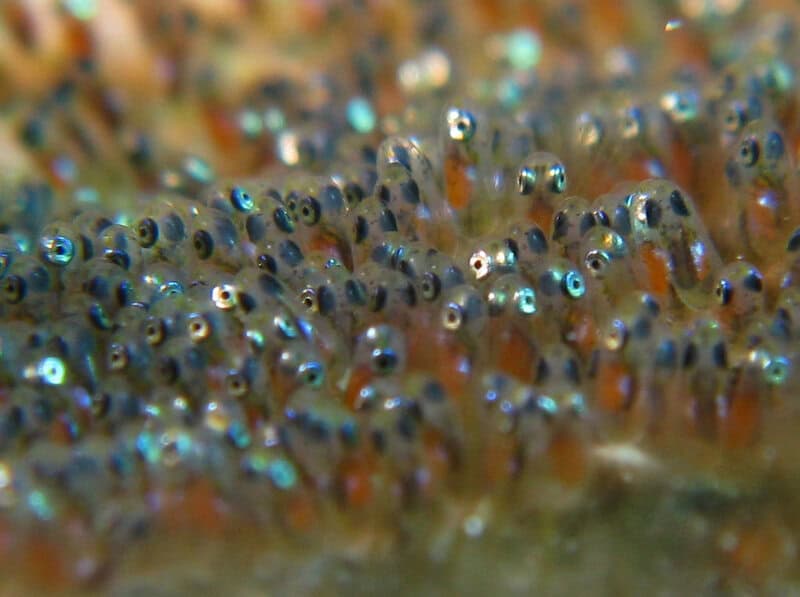Babies usually have a rep for being cute, soft, and cuddly. But that’s not always the case, especially when it has to do with babies in the wild. There are some animal babies out there who have to learn how to survive in this cruel, harsh world, right from the moment they’re born. We’ve curated a list of the most challenging animal babies you’ll ever hear about in the wild. Some of these babies are even stronger than you are, and you certainly wouldn’t want to get caught in the wild with one of these by your side.
Clownfish Larvae

It isn’t until day 10 that clownfish larvae turn into actual fish, so they’re very vulnerable at this stage. Clownfish larvae must then find their way back to their host anemone. This is extremely dangerous since they end up facing dangers such as strong currents and predators during their vulnerable larval stage. After they hatch, they’ll travel up to 35 kilometers through the open ocean, making it the biggest journey they’ll ever take. When they hatch, they’re also picky about what they eat and only have enough food storage for 24 hours (Nature).
